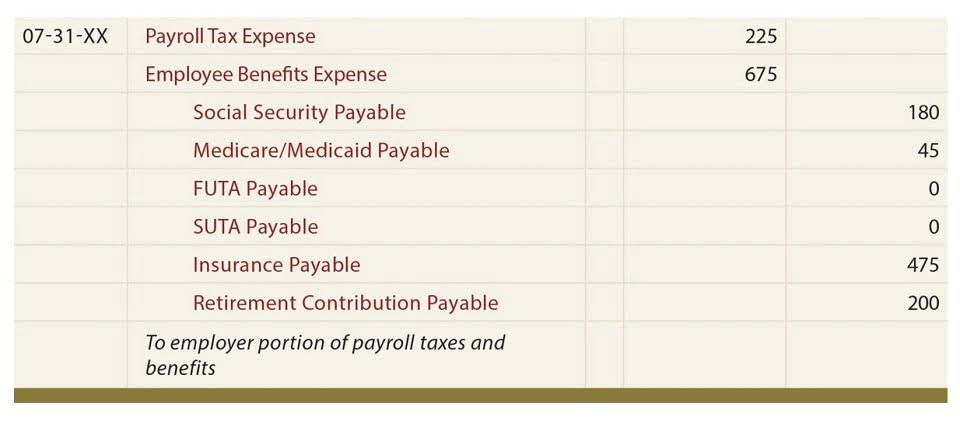
An asset’s cost minus its accumulated depreciation is known as the asset’s book value https://hesab-ketab.com/2022/05/24/833-accountant-jobs-in-san-francisco/ or carrying value. You can learn more about inventory and the related cost flows by visiting our Inventory and Cost of Goods Sold Explanation. Short-term investments are temporary investments that do not qualify as cash equivalents but are expected to turn to cash within one year. A drawback of the account form is the difficulty in presenting an additional column of amounts on an 8.5″ by 11″ page. For the past 52 years, Harold Averkamp (CPA, MBA) hasworked as an accounting supervisor, manager, consultant, university instructor, and innovator in teaching accounting online.
Intrinsic Value vs. Current Market Value: What’s the Difference?
- If assets increase, either liabilities or owner’s equity must increase to balance out the equation.
- Financial ratios involving liabilities provide insights into the liquidity, leverage, and overall financial stability of a business.
- By utilizing bookkeeping services, companies can keep precise records and prevent unexpected issues when obligations become payable.
- A balance on the right side (credit side) of an account in the general ledger.
- The treatment of current liabilities varies by company and by sector and industry.
- Other accrued expenses and liabilities is a current liability that reports the amounts that a company has incurred (and therefore owes) other than the amounts already recorded in Accounts Payable.
In this connection, current liabilities are defined as those which will mature during the course of the accounting period. Wages PayableWages payable accounting liabilities is the total amount owed to employees for services already rendered but not yet paid. This liability changes frequently since most companies pay wages on a biweekly or semimonthly basis. Wages payable is recorded as a current liability as it is expected to be paid within one year. Liabilities can also represent legal obligations or potential risks such as tax liabilities and potential damages from lawsuits. A company may have taken out liability insurance to protect against these financial risks.

Examples of a Liability
- This means everything your company owns (assets) is financed either by borrowing money (liabilities) or by investing your own or others’ money (equity).
- This financial statement is similar to the balance sheet issued by a company.
- For instance, IFRS requires the use of fair value measurement for certain financial liabilities, which can provide a more accurate reflection of their current market value.
- Their valuation should be consistent with the valuation of assets and expenses.
- However, many countries also follow their own reporting standards, such as the GAAP in the U.S. or the Russian Accounting Principles (RAP) in Russia.
- For example, consider a business that has recently taken out a loan with a 5-year repayment term.
Once the product or service is supplied, the unearned revenue liability decreases as the asset is recognized on the balance sheet. The most common example of unearned revenues is membership subscriptions and magazine subscriptions where payment is collected upfront but the service is provided over an extended period. In accounting, a liability refers to Remote Bookkeeping an obligation or debt owed by a business or individual. It represents an economic benefit to be received in the future, as opposed to assets, which represent ownership of resources and property. In this section, we will explore several common types of liabilities and their significance.

Comparison of accounting liabilities

Insurance Expense, Wages Expense, Advertising Expense, Interest Expense are expenses matched with the period of time in the heading of the income statement. Under the accrual basis of accounting, the matching is NOT based on the date that the expenses are paid. Since no interest is owed as of December 31, 2024, no liability for interest is reported on this balance sheet.
Liabilities in the accounting equation
Assets represent what you own or control, while liabilities refer to what you owe or are obligated to pay. Understanding both sides is crucial for assessing a company’s financial health. A gain is measured by the proceeds from the sale minus the amount shown on the company’s books. Since the gain is outside of the main activity of a business, it is reported as a nonoperating or other revenue on the company’s income statement.
